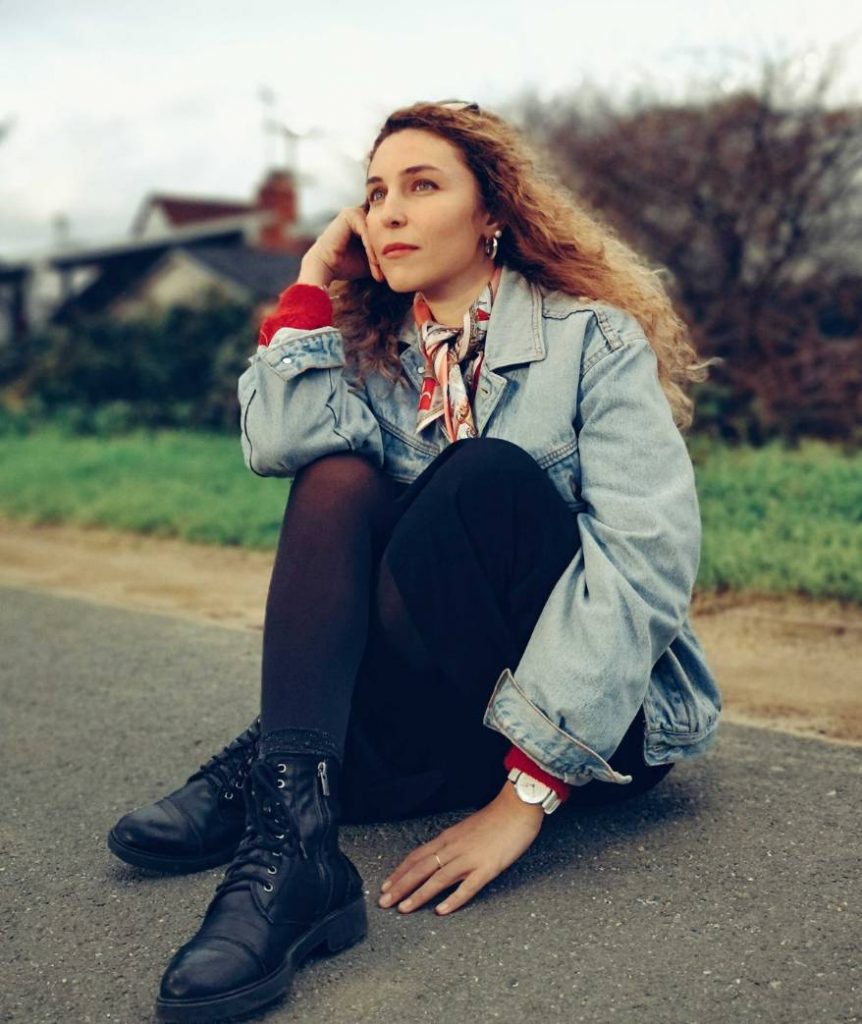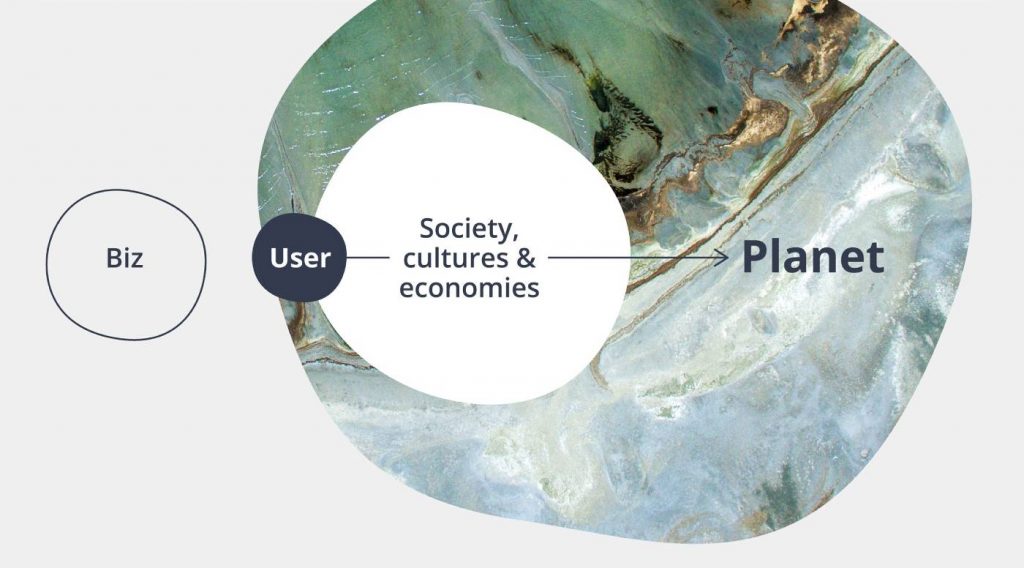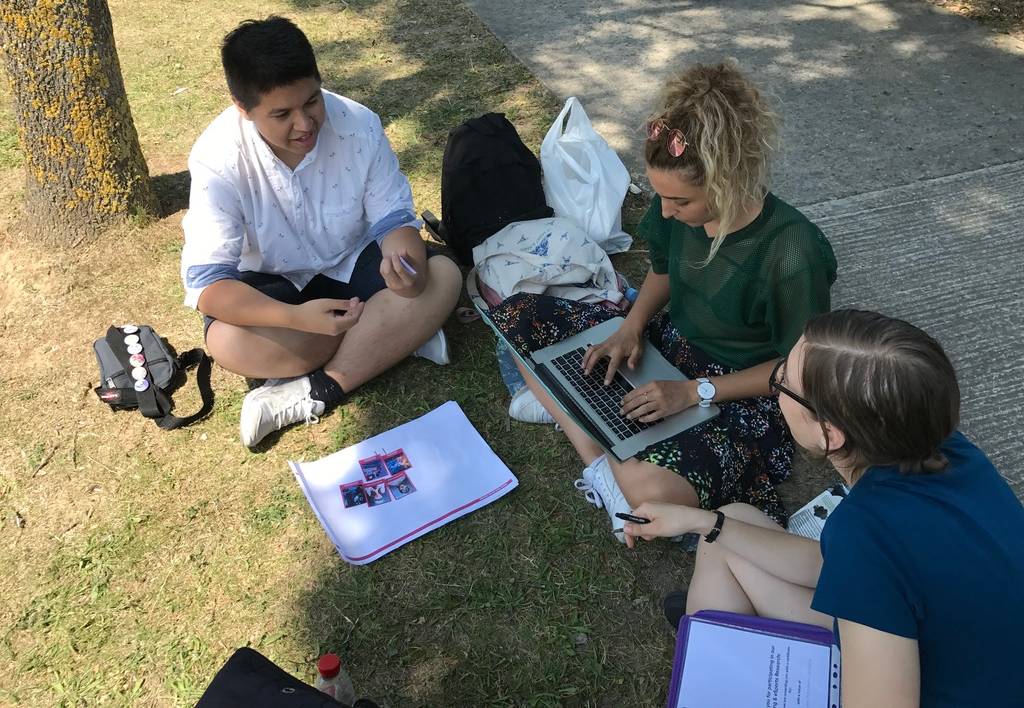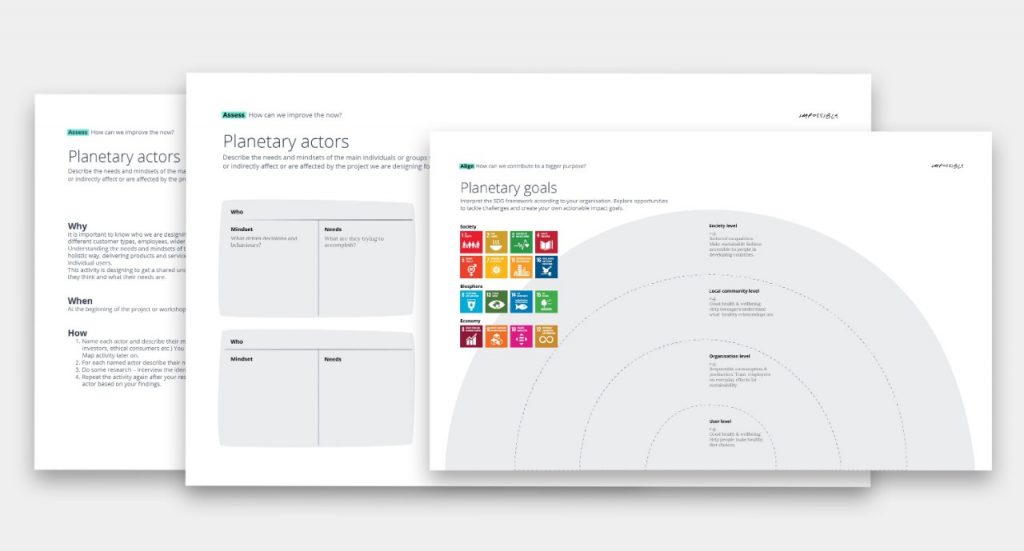Taking note of the influence that service design has in our daily lives is not a conscious pursuit for most. Yet, the practices of service design are ever-present in our lives, extending down a variety of paths, meeting an array of needs, and employing a range of ethics. Göksu Kaçaroğlu lives in these worlds, carefully tuned in to the many elements of the ecosystem as a whole that allow one to thrive in her field. Her inherent connection to design has been a presence throughout her life, and in hearing her share about her work, it becomes clear that her passion not only drives forward a hardworking dedication, but reflects a desire to share her commitment with others in an accessible way. A long withstanding entrepreneurial spirit has seen Göksu go from her time at METU in her studies of industrial design to furthering her academics abroad, eventually connecting with internationally recognized design firms such as frog design and impossible, all while maintaining her freedom as a freelancer. This independence seemingly serves as an undercurrent for an ethos that drives her professional path and influences decisions big and small – focusing in on the economic, social, and environmental impacts of her work and aiming to bring sustainability to her projects. Casting a wide net, Göksu has accomplished a diverse set of collaborations thus far, and with her eyes set on fashion and beyond, it’s safe to say she’ll continue navigating the wealth of possibilities ahead.
We took some time to speak with Göksu Kaçaroğlu on her natural gravitation to creativity and entrepreneurship, her experiences and perspectives within service design and design research, the scopes and applications therein, her strong commitment to planet-centric design, and what’s next in fashion and beyond for this design explorer.

Could you tell us a little bit about yourself?
My name is Göksu. I am a Service Designer in title but consider myself a continuous Design Explorer. Since childhood, I found myself involved in activities that combine nature, art, and science. Being originally from Antalya made it easier to dive deep in nature. I used to spend long summer holidays collecting seashells, taking art classes, and playing chess with my grandfather. I would say even from a young age I had an entrepreneurial spirit that was drawn to making a living from creativity. When my attempts to sell hand-painted seashell necklaces to classmates were not welcomed by my elementary school teacher, I took the long path and decided to study design.
What led you to the fields of service design and design research?
I first studied industrial design. Imagine 15 years ago service design was still an unrecognized/unknown field. I remember even the term industrial design was causing confusion on people’s faces. During my studies at METU, I spent a semester in Italy with the Erasmus program where I met people from all over the world. Being exposed to a multi-cultural environment and learning about different design fields made me start reflecting on not only the socioeconomic value of my contribution as a designer but also the ‘impact’ that I can create in the world. At a certain point I thought that there is no need to design another chair. I wanted to be a part of a design process that creates positive change at a greater scale. This is how I was drawn to learn more about service and system design. In order to change it, you need to understand it first: Understand the business dynamics, the complex processes, the motivations and needs of different people that are part of the same ecosystem.

Could you clarify a bit about the scope of these fields? Is there an area you consider your specialty within these scopes?
You asked the question that terrifies many service designers: What does a Service Designer do? It’s challenging for many of us to describe the practical implementations of our field mainly because we are talking about designing something intangible: an experience. Whereas in product design, a wrongly designed object can make you feel uncomfortable and even harm you, similarly a badly designed service experience can make you feel frustrated and lost. Imagine that you are waiting at a never-ending supermarket queue, under the sun, you don’t know how long you still need to wait, and on top of that you need to keep socially distanced and have your mask on. I don’t know anyone who wouldn’t get annoyed in that situation. I can say that it is an experience and we can design it in a better way. This was a very simple, everyday life experience, yet, service design practice is omnipresent. Design methodologies can be implemented on a broader spectrum from improving the customer experience of a service business to organizational and educational design, from finding human-centered solutions for social innovation to designing new systems with a planet-centric mindset.
Could you tell us a bit about your partnerships with design studios in Europe? What is your role typically in these collaborations?
My first collaborations started with frog design’s Milan studio. They are a global design and innovation consultancy firm that mostly work with big corporations on an international scale. I consider myself very lucky to land in such a nurturing environment with a strong design culture where I learnt the foundations of design research and had a chance to work on many international projects.
Let me explain a bit what I mean with design research. Service design graduates either gravitate towards the role of a ‘UX Designer’ that focuses on designing actual interactions of digital products – like designing how to navigate on a website/app – or towards a ‘Service Designer’ role that has more presence on the strategic part, relies on user research, and works as a facilitator in co-design processes within the project (time)frame.

What I typically do as a Design Researcher is all about sense-making that helps translating insights from research into a framework that will guide the whole process from design to implementation. We typically work in the field, almost like a journalist, to conduct user research that aims to understand the context, real user needs and motivations, and actual experiences they have. Bringing together the learnings from the field and information gathered from desk research that inform us about the subject (field, technology, trends etc.), we come up with the project framework. After sharing research findings that communicate uncovered needs and opportunities for the area we are investigating, we start an iterative process that goes as: idea generation – designing – prototyping – testing – redesigning and testing again. My role from this point is to work as a facilitator that brings together the project owners (stakeholders) with the design team and the potential end-users. And as you can see despite being freelance, I never work alone, because it is a highly collaborative process.
Is there a particular partnership that stands out to you as a favorite or professional milestone of some sort?
As I mentioned before, I am very conscious about the impact that I create as a designer – and that impact can be both positive and negative. A bit like in Star Wars, we designers have the force and we decide how to use it. That force comes from understanding people’s behavioral patterns and generating new ones that replace the old. For example, you can design services and interactions that create digital addiction or that educates your audience and creates awareness on their consumption habits. The world is full of badly designed products and services that harm people and the environment with their irreversible consequences. Once what was human-centered has quickly become profit-centered that deviously promotes over-consumption. That’s why my latest collaboration with impossible design studio can be considered as a professional milestone for introducing me with ‘Planet-Centric Design’. Basically, it is a methodology for designing products, services and ways of working that enhance real environmental, social, and economic sustainability. Thanks to the UN’s Sustainable Development Goals, more and more businesses are becoming aware of the fact that innovation needs to be sustainable. I would like to chase possibilities where a planet-centric approach can be discussed and implemented in client projects.
How does ATÖLYE fit into what you’re doing?
ATÖLYE brings back the values of being a community by gathering skillful professionals who, in their own ways, are trying to build a better society, a better future in which they would like to see themselves living in harmony. I enjoy being a part of this constant conversation that makes me learn new things, ignites new ideas in my mind, and most importantly helps me connect with talented and knowledgeable people to confront ideas and collaborate.

Anything on the horizon in the near future you’re especially excited about?
Yes! In September I will start a course to deepen my knowledge in sustainable and ethical fashion. For some years, I developed a special interest in fashion and it upsets me to know that fashion is the second most polluting industry in the world. But it can be changed. Considering its far-reaching impact, fashion can become a great tool to promote large-scale positive change. We are already experiencing a significant transformation ignited by the pandemic and I believe that service and systems thinking can offer many innovative and sustainable solutions in the fashion industry.
Any places in Istanbul/Turkey you’d like to recommend for foreigners to check out?
I haven’t been living in Turkey since 2012 but I can definitely share some of my favorite things to do in my hometown, Antalya. Don’t go to the beach, instead swim anywhere from the cliffs to enjoy aquarium-like clear water. Eat Antalya-style piyaz (white bean salad served as a side dish with şiş köfte) that is made with a special tahini sauce. Try Yanıksı dondurma (an ice-cream flavor with burnt, caramelized milk taste) from the historical ice-cream shop Akdeniz Dondurma. And enjoy a drink in Kaleiçi, the oldest neighborhood that is located inside historical walls built by the Ancient Greeks. You will also see the architecture of the typical houses from the 19th century and enjoy a walk in the beautiful streets full of antique shops.
To keep up with Göksu Kaçaroğlu and her work, be sure to visit her official Medium page, and her design page. You can also find her on Behance and via Instagram.
ATÖLYE Spotlight is our series on the inspiring community members of Istanbul’s most creative space.
All images courtesy of the interviewee and impossible.









